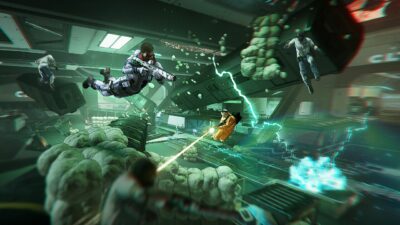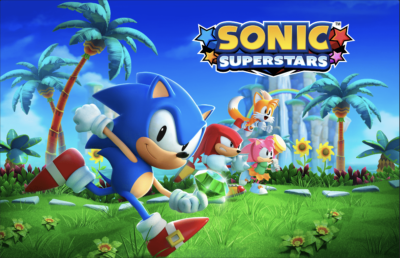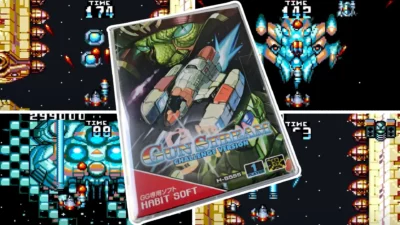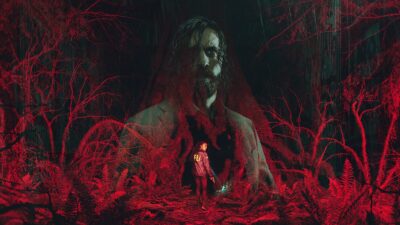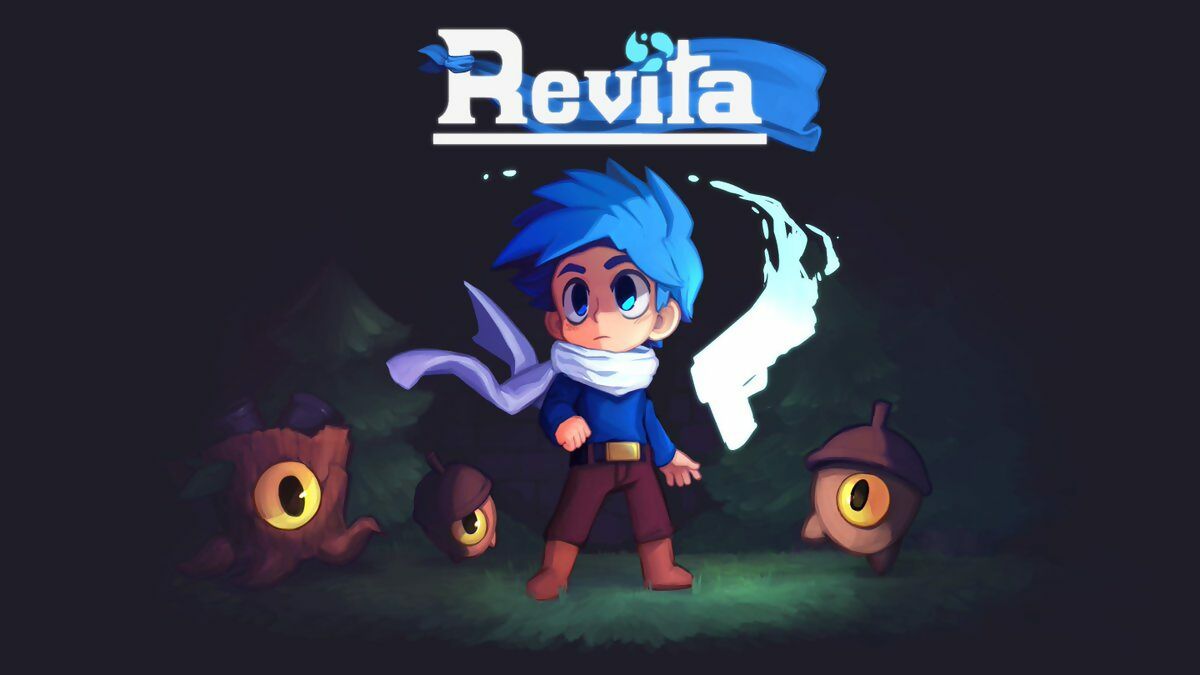
It’s the little details that caught our eye: the way enemy creatures shudder and wobble as they’re struck by bullets; the little casings that eject from the hero’s gun as he lets off another salvo. This is Revita, a twin-stick roguelite platformer currently being made by Germany’s Benjamin Kiefer – better known online as BenStar.
Like a lot of indie games, Revita came to our attention while we were browsing through Twitter one evening, and we were immediately struck by the fluid, chunky nature of its pixel art. In still images, Kiefer’s character designs are bold and colourful; in animated GIFs, they positively fizz with movement.
For Kiefer, work first began about 18 months ago, as a series of older ideas began to coalesce into what would become Revita: a fast-paced action game where, in true roguelite fashion, you fight your way through enemy-infested levels that change each time you play. “Before I worked on Revita, I was working on fan games and the occasional game jam,” Kiefer tells us. “When I was a lot younger, I always wanted to make my own video games, so at some point, I found out about GameMaker, a tool that made game development relatively approachable, and I’ve stuck with it since.”

Revita may be 2D, but Kiefer’s use of lighting and blur effects provide a real sense of depth.
In the years since YoYo Games’ GameMaker first emerged in 1999, it’s gained a reputation as a low-cost and easy-to-use platform for making 2D games; by using GameMaker Studio as its engine, Revita, therefore, joins such indie darlings as Hotline Miami, Undertale, Downwell, and Spelunky. “GameMaker is extremely useful when it comes to making 2D games,” Kiefer enthuses, “and Aseprite might be the best pixel art software out there when it comes to pixel art and animation.”
Memory test
Kiefer won’t be drawn on the specifics of Revita’s story, but then, that’s because much of the game is presented to the player as an unfolding mystery. “I don’t want to say too much on that note, since I think it should be up to players to discover,” he says. “But what I can say is that you’re playing a nameless child who has lost all their memories, with their only point of reference being a giant, mysterious clock tower. So the goal is to climb the tower and figure out who, what, and where you are, and why you are in the situation you are in.”
Balancing act
What it all boils down to, though, is a hectic loop of blasting, collecting the souls from downed enemies, and using them to improve your weapons in order to progress higher up the clock tower; Kiefer cites the likes of Flinthook and Enter the Gungeon as inspiration for its roguelike mayhem. The process of actually creating Revita’s procedurally generated levels has, however, proved to be one of the aspects that Kiefer’s worked hard to figure out. “In Revita, each combat room you enter is completely (procedurally) generated,” he says, “which gets really tricky if you want to have fun and exciting rooms that look like they could have been designed by hand. So that must have been the trickiest challenge so far.”
Balancing the game has also provided a challenge, Kiefer tells us – partly because he’s been developing Revita largely by himself. “As someone who’s playing the game way too often for testing purposes,” he says, “it gets very tricky for me to judge when it comes to the difficulty, so I usually have friends testing the game and telling me what they think. Maybe an item is too weak, maybe an enemy is too strong – I base my decisions on that (feedback).”

The souls of slain enemies can be sold on to a masked dealer, who’ll exchange them for useful upgrades.
Not that Revita’s entirely the product of one person; while Kiefer is handling the design and pixel art side of things, he’s also found a composer and sound designer to help him create the game’s sonic landscape. “They’re both fantastic, and Revita wouldn’t be what it is today without their help,” he tells us. “When it comes to finding the right people to work with, social media is a big help. There are lots and lots of artists and programmers on there that are looking for work. So you’ve just got to keep your eyes open and get in contact with people.”
Fittingly enough, given that we first encountered Revita when someone tweeted one of its animated GIFs into our timeline, Kiefer’s keen to point out just how effective Twitter can be for indie developers. “I probably wouldn’t be where I am with the game today if it wasn’t for Twitter and the countless connections I made there,” Kiefer says. “I heavily recommend, especially new developers, to get their stuff out there. Social media is essentially free marketing when it comes to financial means. If you have the time to use social media for marketing purposes, do it. It’s more or less the easiest and cheapest way to market yourself to an audience.”

The blue-haired protagonist’s athletic from the beginning, but enemies appear to pose a threat due to their weight of numbers.
Fuelled up
If you want a taste of what Kiefer’s making right now, then head over to his itch.io page (benstar.itch.io), where you’ll find a selection of his smaller games. Our pick of the bunch? Definitely .FUEL, a cracking little shooter tailor-made for playing with a mouse: it’s like Atari’s venerable Asteroids, except your ship loyally follows your mouse pointer as you roam the screen, blasting encroaching aliens. An ever-decreasing fuel bar (topped up by picking up icons from the husks of your enemies), a combo meter, and a huge scoreboard in the background makes for an addictive quick fix.

Kiefer’s .FUEL is an addictive top-down blast in the mould of Atari’s Asteroids.
Wireframe issue 20 is available in stores and online now.


